Quick Reference Guide for Ordering Supplies and Insurance Reimbursement
• Ostomy supplies are special products and may not be available at your local drugstore.
• Contact your insurance provider to understand what your insurance plan covers and pays for ostomy supplies, and where you can purchase and order supplies (usually through a supplier or retailer).
• Connect with a trusted retail supplier for help understanding your insurance allowables. With your permission, they can even contact your insurance on your behalf.
• Do you need help finding a supplier for your ostomy products? Call the me+ team to learn more about your options (1-800-422-8811).
Still not sure which ostomy products to buy?
With me+™, you never have to figure it out alone.
Navigating and maximizing your health insurance, finding a retailer, and feeling confident in your ostomy supply purchases may feel overwhelming. The me+ support team is available so that you don’t have to figure it out alone.
You have the right to choose the Retail Supplier that best meets YOUR needs.
Convatec works with a group of Preferred Retail Suppliers to provide you with excellent customer service and dependable supply delivery. Our Preferred Retail Suppliers will:
- Help you manage product orders in line with your insurance
- Facilitate your insurance billing process to ensure you get the proper reimbursement for Medicare, Medicaid or private insurance
- Help you select the right products to suit your personal needs
- Ship your products straight to your home in discreet packaging
- Send you timely reorder reminders
- Protect your privacy in accordance with U.S. HIPAA guidelines
To learn more about Preferred Retail Suppliers that work with your insurance, contact our me+ support team at 1-800-422-8811, cic@convatec.com or fill out this form.
My Ostomy Journey App
Fit is so important, especially when it comes to your body and the ostomy products you’re using.
We know that there is no one-size-fits-all product that works for everybody or every stoma. Download the My Ostomy Journey app to discover and sample products to fit your body by answering just a few simple questions. It’s free to download and works on either a phone or tablet. Download now to get started today!
The reimbursement information provided by Convatec is intended to provide general information relevant to coding and reimbursement of Convatec’s products only. Coverage and payment policies for the same insurer can vary from one region to another and may change from time to time because of ongoing changes in government and insurance industry rules and regulations. Therefore, please confirm HCPCS Codes with your local DME-MAC, private insurer, or Medicaid agency before processing claims. Convatec does not guarantee coverage or payment of its products listed herein.
Editor’s note: This blog is from one of our digital sponsors, Convatec. Sponsor support along with donations from readers like you help to maintain our website and the free trusted resources of UOAA, a 501(c)(3) nonprofit organization.

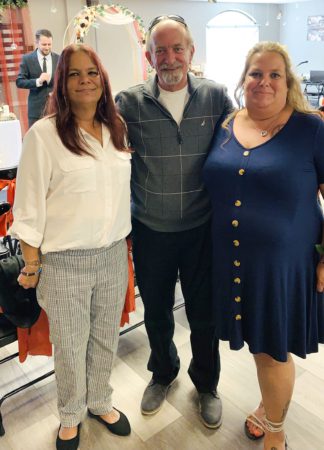
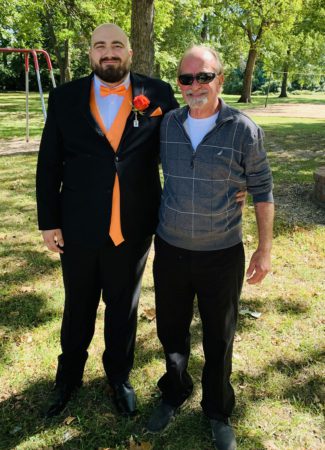
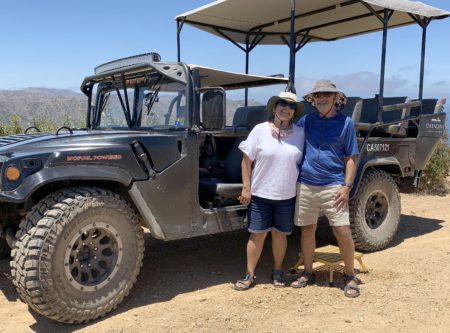 with my ostomy. After receiving my ostomy I was devastated because I was an athlete in school and didn’t know if I’d be ok to play sports or other things I loved to do again.
with my ostomy. After receiving my ostomy I was devastated because I was an athlete in school and didn’t know if I’d be ok to play sports or other things I loved to do again.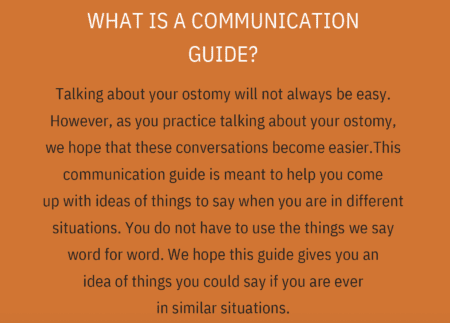 experts, and health communication experts. This guide is freely available
experts, and health communication experts. This guide is freely available 

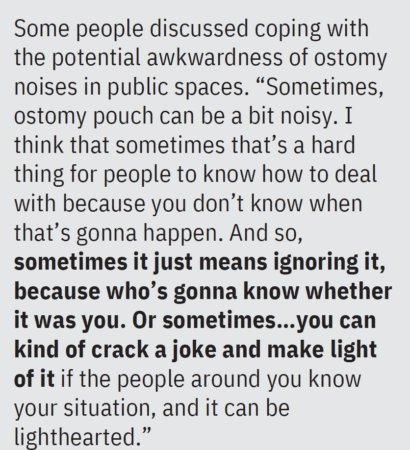 people to remember that no one knows that the noises came from the ostomy. It is ok to say nothing (low disclosure). It is also ok to say: “Excuse me, I have an ostomy pouch and sometimes it makes noises” (medium disclosure).
people to remember that no one knows that the noises came from the ostomy. It is ok to say nothing (low disclosure). It is also ok to say: “Excuse me, I have an ostomy pouch and sometimes it makes noises” (medium disclosure).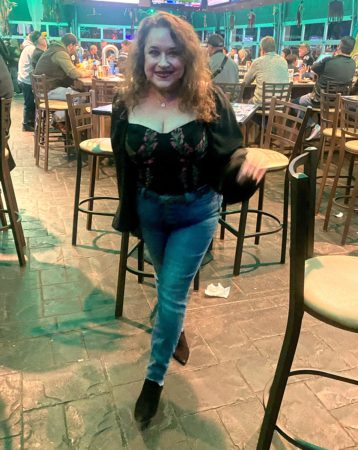
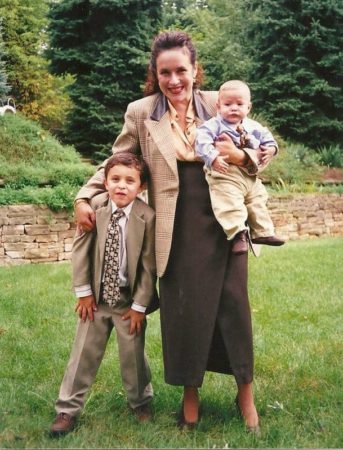
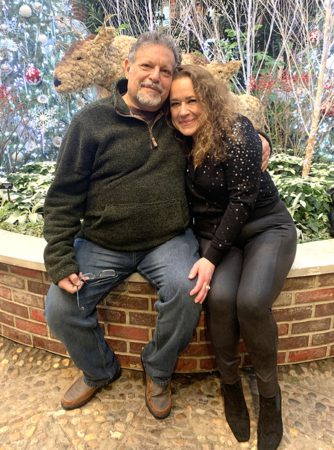
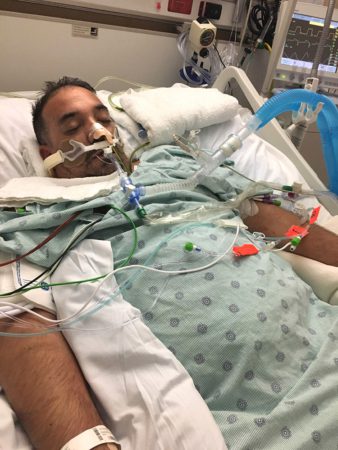 how they are doing and to never forget that they are going through similar things,” Gonzalez says. He received 12 sessions of chemotherapy for six months. While in the hospital for treatment during the Christmas Holiday Gonzalez, who is an advocate and speaker for father engagement in K through 12 education and active in several area PTA’s where he raised two children, had an idea to bring some cheer to fellow patients by having local children draw cards of support to his fellow patients.
how they are doing and to never forget that they are going through similar things,” Gonzalez says. He received 12 sessions of chemotherapy for six months. While in the hospital for treatment during the Christmas Holiday Gonzalez, who is an advocate and speaker for father engagement in K through 12 education and active in several area PTA’s where he raised two children, had an idea to bring some cheer to fellow patients by having local children draw cards of support to his fellow patients.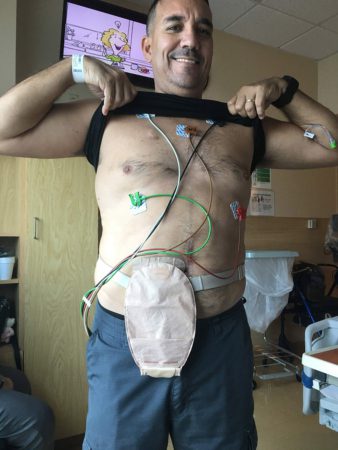 On June 25, 2021, he was taken off the TPN and underwent a successful reversal surgery to repair his intestines, clean up scar tissue, and remove the stoma.
On June 25, 2021, he was taken off the TPN and underwent a successful reversal surgery to repair his intestines, clean up scar tissue, and remove the stoma.
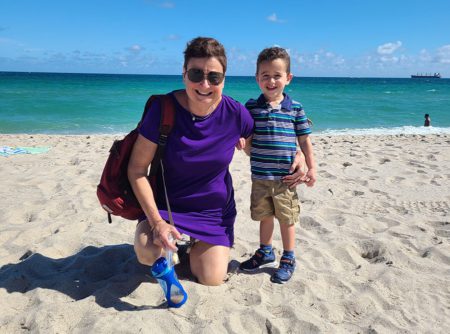 Shoes should be comfortable. Wear sneakers whenever possible if that’s what you want to do. In Florida, I wear sandals with rubber soles. Up north, boots are a necessity.
Shoes should be comfortable. Wear sneakers whenever possible if that’s what you want to do. In Florida, I wear sandals with rubber soles. Up north, boots are a necessity.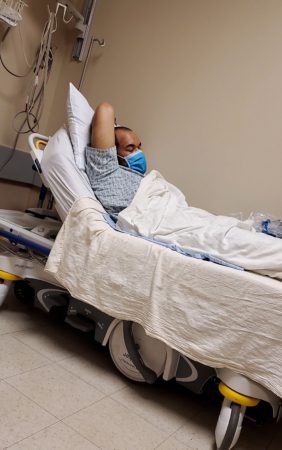 The final year before I got surgery I had lost 40-50 pounds, had been to the emergency department countless times, as well as hospitalized 3-4 times. I ended up being super anemic and needed iron infusions as well as one blood infusion. That last year was the final straw. The summer of 2021 I ended up losing my bowels on myself 40+ times on my 20-minute drive home from work. I told my boss I couldn’t work anymore and that’s when I first heard about
The final year before I got surgery I had lost 40-50 pounds, had been to the emergency department countless times, as well as hospitalized 3-4 times. I ended up being super anemic and needed iron infusions as well as one blood infusion. That last year was the final straw. The summer of 2021 I ended up losing my bowels on myself 40+ times on my 20-minute drive home from work. I told my boss I couldn’t work anymore and that’s when I first heard about 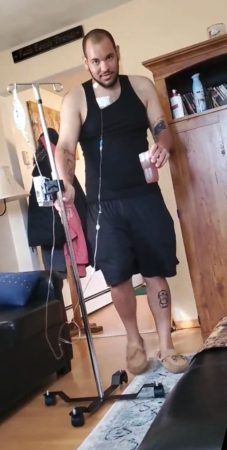 ostomy bag. So on January 10th of 2023 I got my rectum and anus removed and they fixed my stoma prolapse. Again, the recovery wasn’t bad but this time the hospital stay was horrible. I ended up getting straight cathed three times, I had an NG tube placed because Stoma Steve wasn’t pushing food out and my drain was bothering me for the month I had it. Again, I can’t thank the subreddit r/Ostomy enough because they were who I vented to and talked to for help and coping strategies because no one in my life except them knew what I was going through.
ostomy bag. So on January 10th of 2023 I got my rectum and anus removed and they fixed my stoma prolapse. Again, the recovery wasn’t bad but this time the hospital stay was horrible. I ended up getting straight cathed three times, I had an NG tube placed because Stoma Steve wasn’t pushing food out and my drain was bothering me for the month I had it. Again, I can’t thank the subreddit r/Ostomy enough because they were who I vented to and talked to for help and coping strategies because no one in my life except them knew what I was going through.

